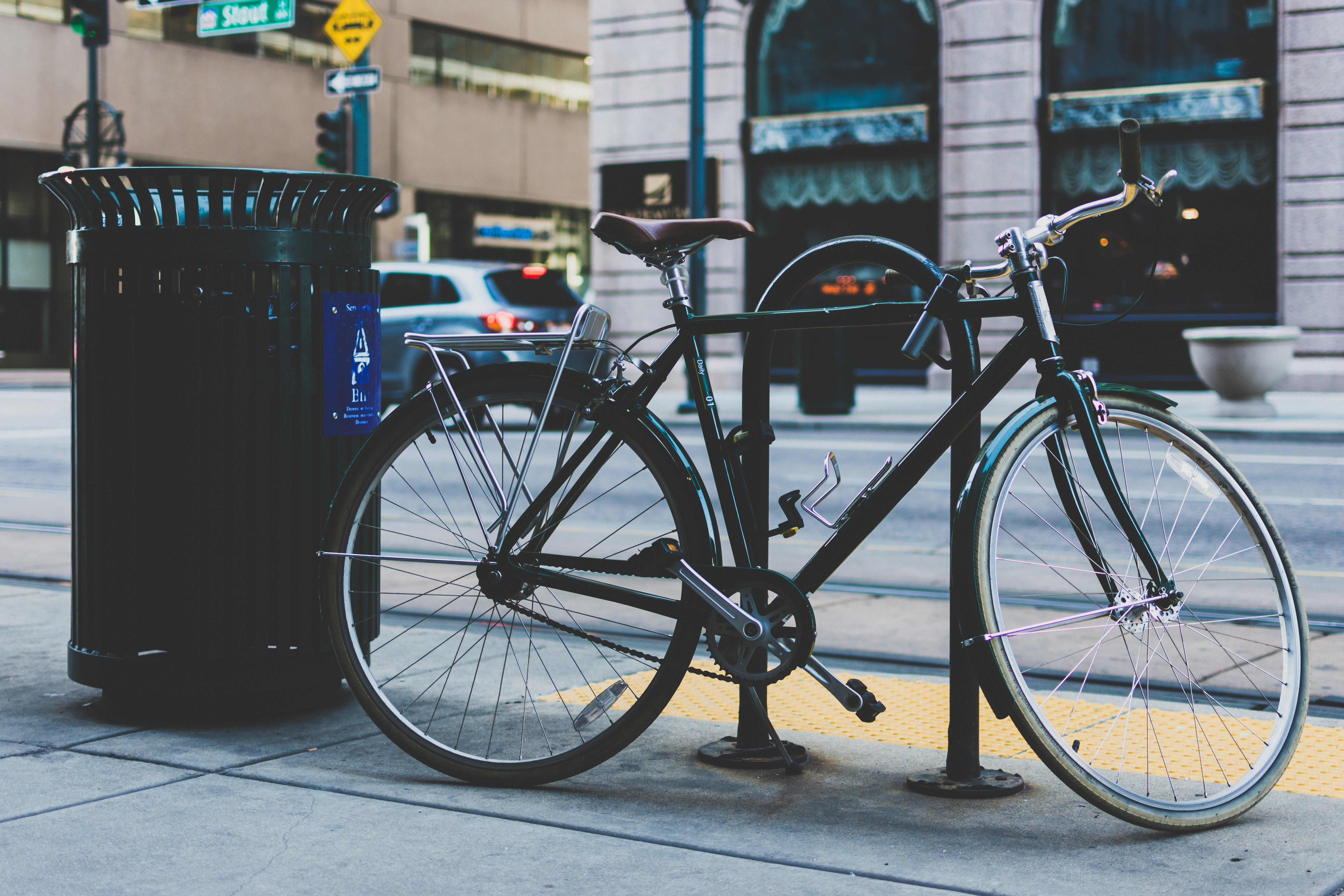Cities can improve the health and well being of everyone by simply adding bike lanes. That’s right, drivers not only benefit from faster traffic flow they also benefit from increased health when cities install bike lanes. As Bloomberg reports, cities around the world are catching on and adding bike lanes to benefit all citizens.
There’s math to show how cost-effective the strategy could be for public health. When New York spent about $8 million in 2015 on bike lane expansion, the cost per additional “quality-adjusted life year,†or QALY, was about $1,300, according to the Mailman paper.
A QALY, pronounced “qually,†is a standard measure of cost-benefit analysis. It takes into account the number of people who benefit from an intervention, how many years of extra life they can expect to get, and how healthy they will be during the extra years.
As it turns out, when you apply this to bike lanes, it makes them more economical per added QALY than, say, kidney dialysis, which costs over $100,000 per QALY—although not quite as cost-effective as standard vaccines, which cost in the low hundreds of dollars per QALY, Mohit said.
